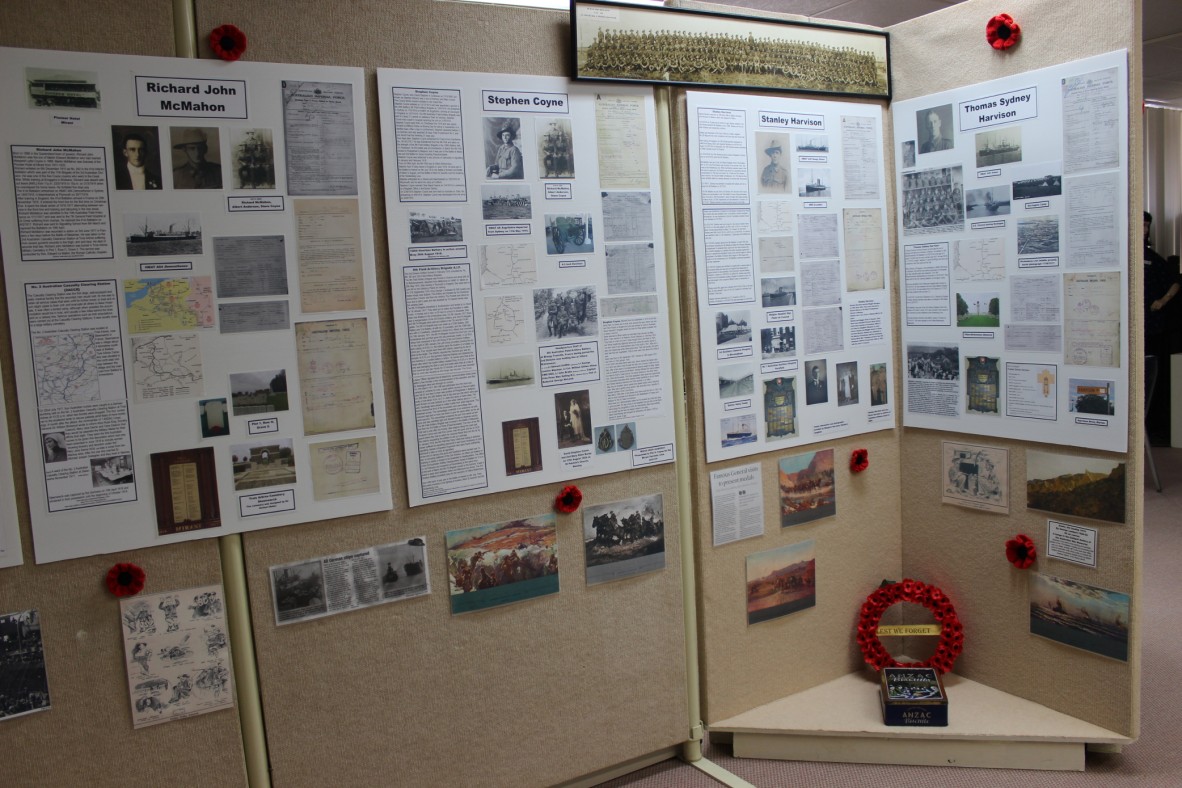
As with other Q ANZAC 100 visits to regional centres, while in Mackay the Q ANZAC 100 team took the opportunity to visit local heritage places starting with a visit to the Pioneer Valley Museum at Marani. The Friends of the Museum are in the process of compiling display panels for their Great War stories exhibit. At the time of our visit in August 45 panels had been completed and six more were added in September 2017. Included in the exhibit are the stories of 3 brothers - Charles, Harry and John Wright.
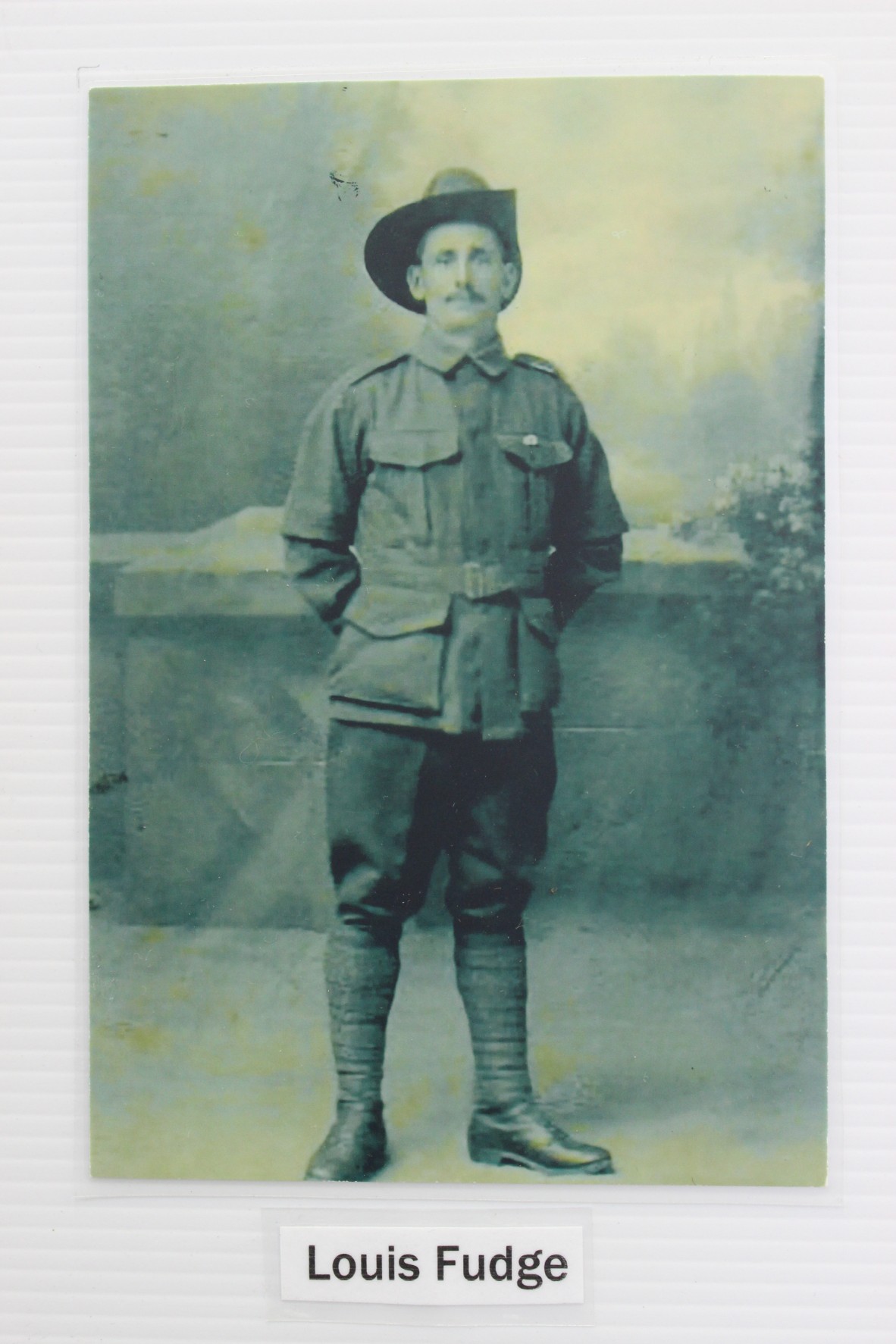
The other local name recognised during the visit was Louis Robert Fudge. The Fudge family were prominent in the district, living on a property called Yeolands. You will have to visit the museum to read the full story of the Fudge family although SLQ is the custodian of Robert's diaries. One of these diaries accompanied the Q ANZAC 100 team to Mackay for the workshops and it was a privilege to be able to show the diary to members of the museum during our visit.
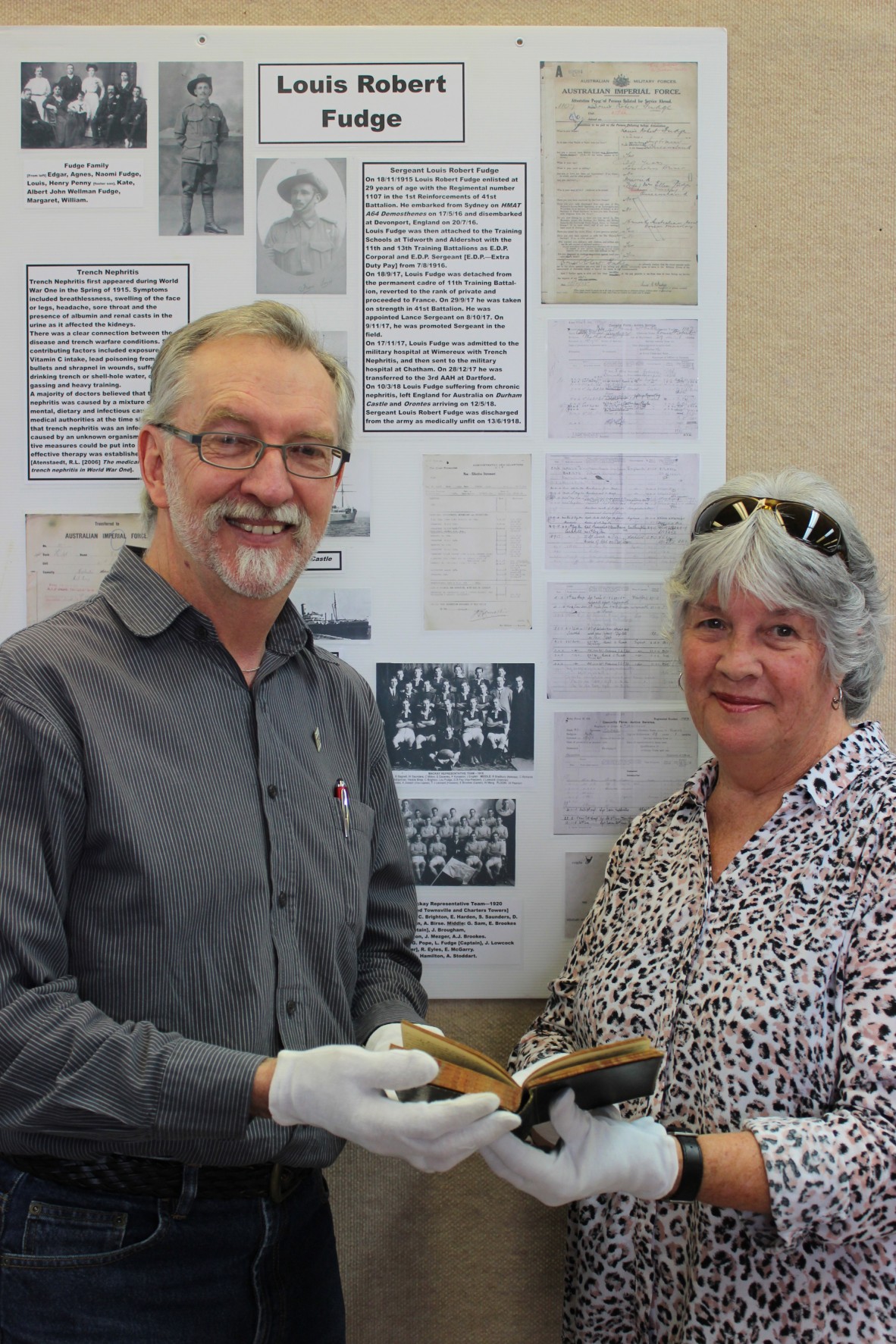
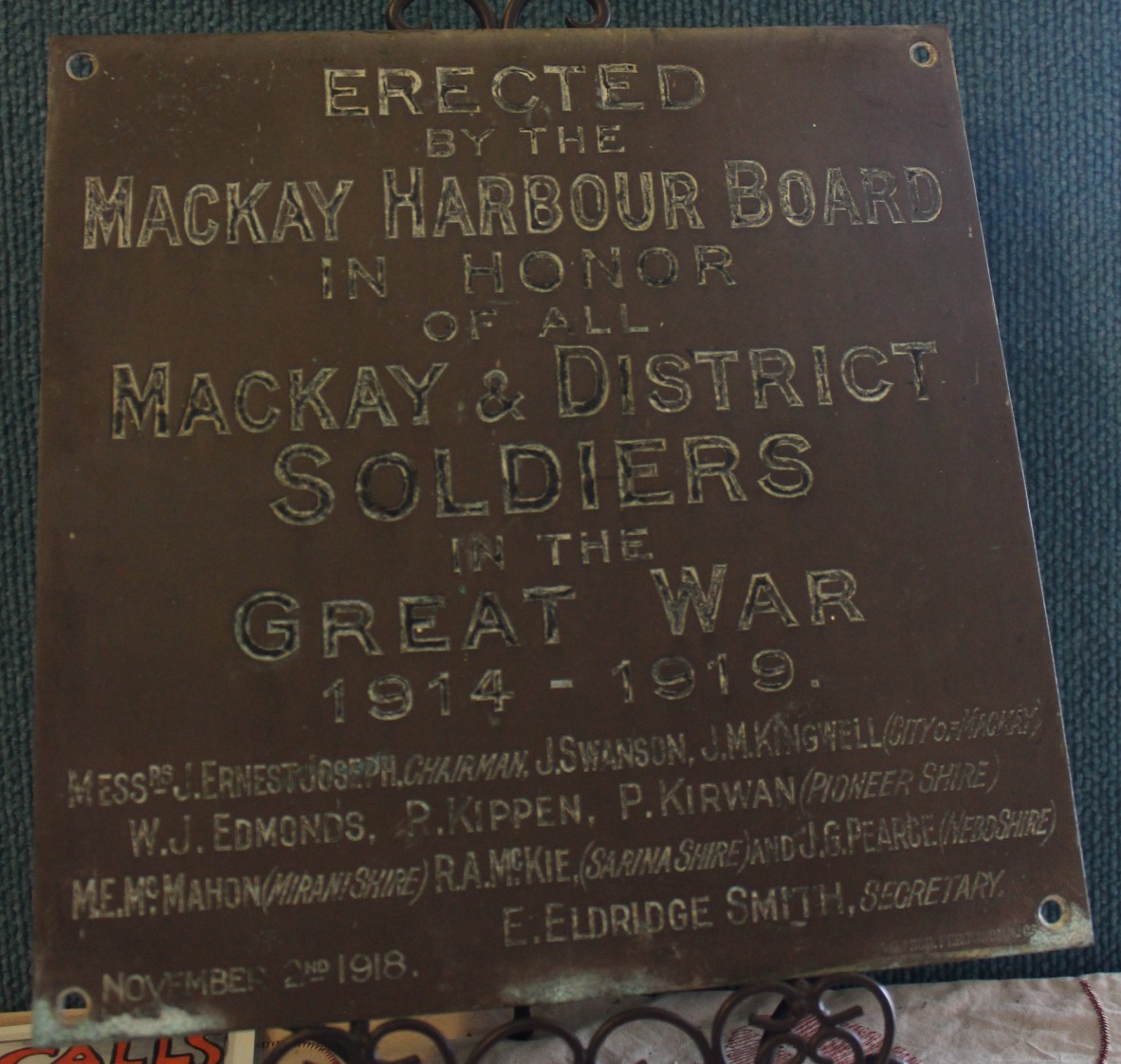
The Mackay Museum also has its Anzac display featuring a number of local stories and personalities. There is the story of Sister Mary-Jane Derrer from Homebush who received the Military Medal for assisting patients after their Casualty Clearing Station took a direct hit. There are also the stories of double tragedies of John and Walter Baxter, Harry and William Griffin, and Edward and Henry Williams. One distinctive item on display is this plaque from the old Mackay Harbour Board building dedicated to honour the sacrifices of WWI soldiers.
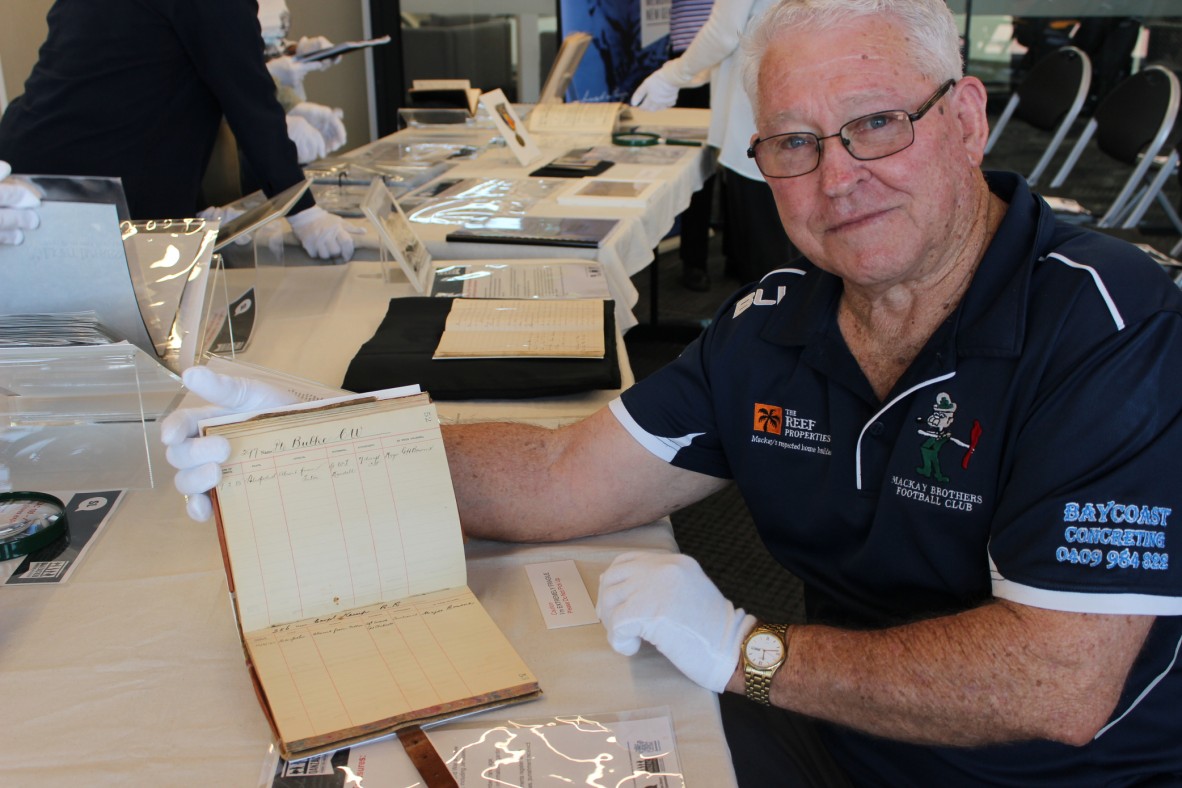
At the First World War White Gloves experience at the Dudley Denny City Library in Mackay, imagine the delight when one of the participants located an entry for his uncle in the 2nd Light Horse Association nominal roll. This volume contains a horse register and punishments register. Robert found the entry for Uncle Raymond R Kemp (his mother's brother) in the punishments register noting that on 14 March 1915 he was absent from the tattoo in Heliopolis. Raymond was cautioned by Major Bourne.
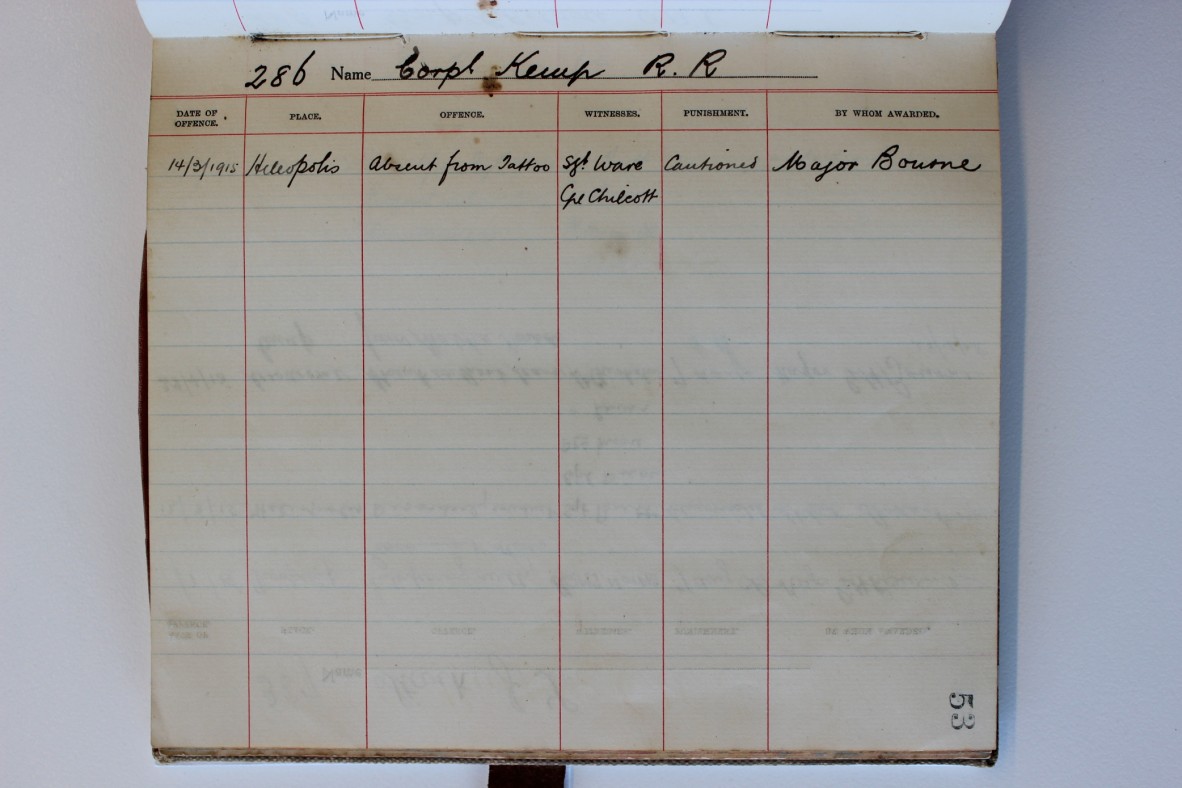
Raymond Robert Kemp #286 in the 2nd Light Horse Regiment was born in Mackay and was a dental assistant when he enlisted on 21 August, 1914, within weeks of the declaration of war. He served at Gallipoli, was wounded and sent to England for medical attention. He joined the 9th Dental Unit and was transferred to the Medical Corps. He became a Staff Sergeant and returned to Australia on 12 December 2018. Raymond went on to become a dental surgeon in Brisbane.
Also at the workshops, another participant, Helen, brought along a portrait of Richard William Laws, #4829 who died on 23 August 1918, 99 years and one day prior to the workshop.
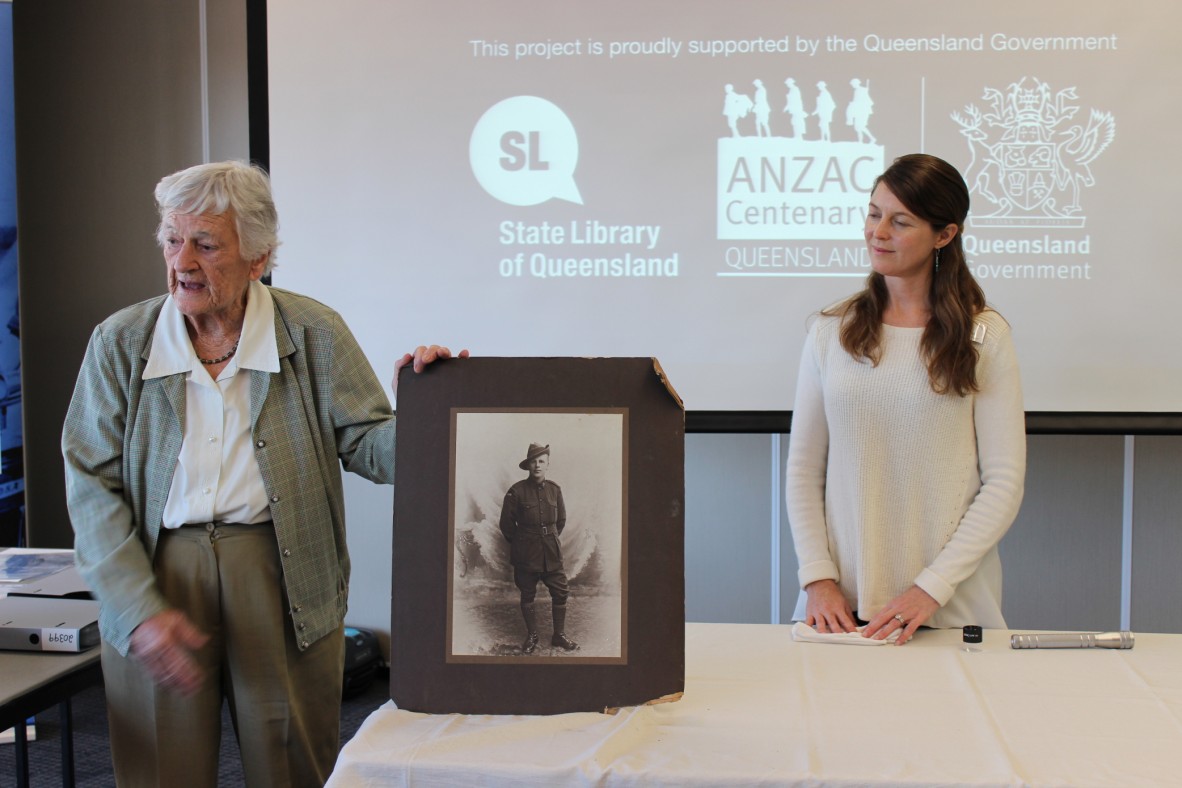
The story of Richard Laws has been researched by the members of the Allora and District Historical Society, and along with the other 46 names which appear on the Allora War Memorial, has been written up in the publication Keeping their memory alive. Born in Berry, NSW, and moving around with the family who settled in Allora around 1915, Richard Laws, known as Dick was a keen sportsmen, good at rugby, cycling, swimming and diving. He was also involved in the military cadets. In October 1915 Dick enlisted when he was 20 years and 5 months of age, being assigned to the 9th Battalion. Following the capture of Broodseinde, the 9th battalion was heavily shelled and Dick was severely wounded in October 1917, following which he was treated and convalesced in England. In August 1918 near the Somme River, Dick was killed by a shell. It appears that he was stretcher bearing for a bearer who had been killed or wounded.



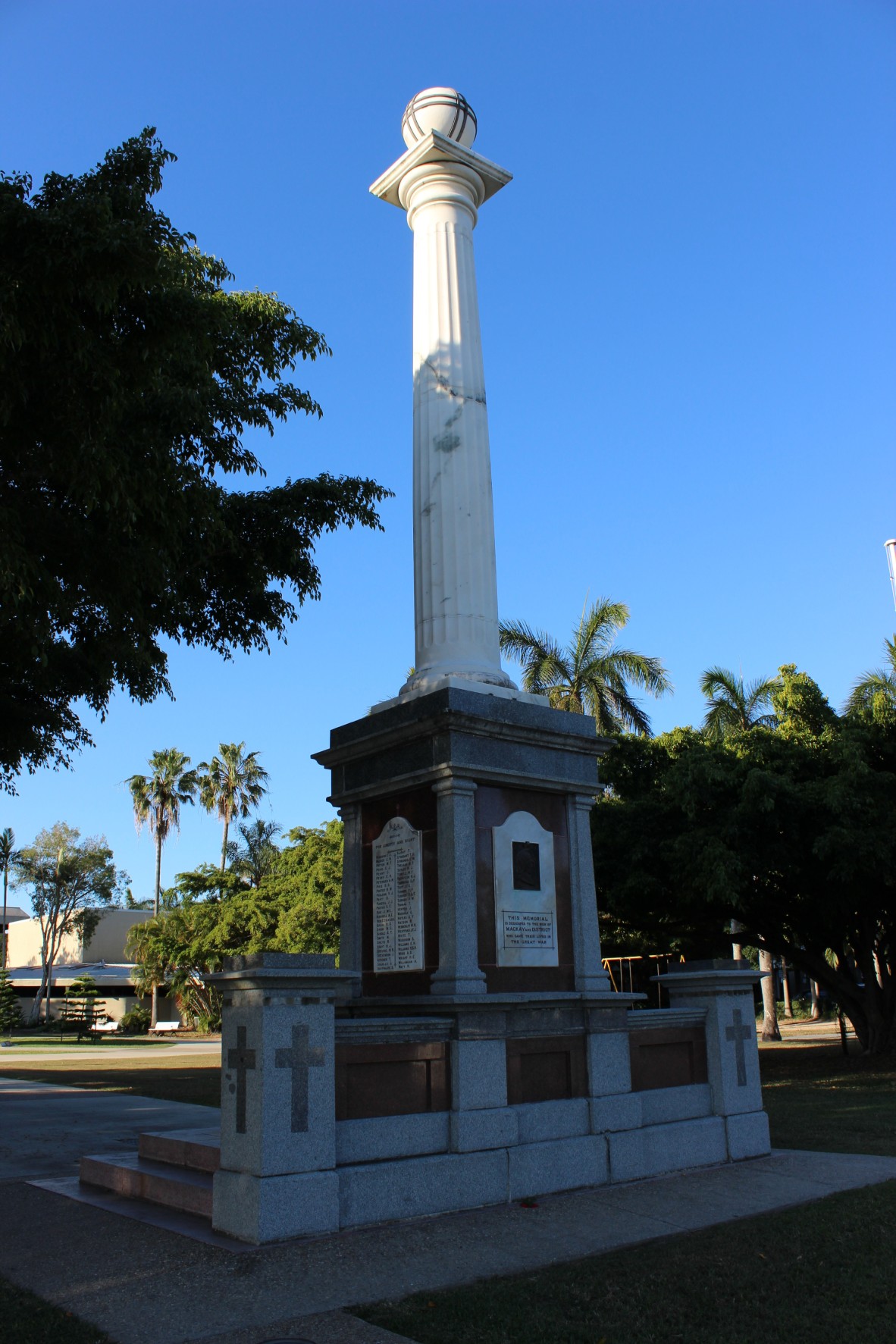
After being relocated twice, the Mackay Cenotaph honours the 159 Mackay men killed in active service. It stands proudly in Jubilee park. The foundation stone for the cenotaph was laid on Sunday 18 November 1918 and is described in the Townsville Daily Bulletin the next day.
Niles Elvery, Senior Project Officer, Q ANZAC 100, State Library of Queensland.
Comments
Your email address will not be published.
We welcome relevant, respectful comments.